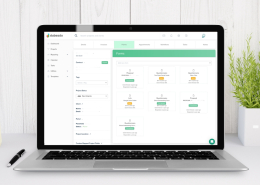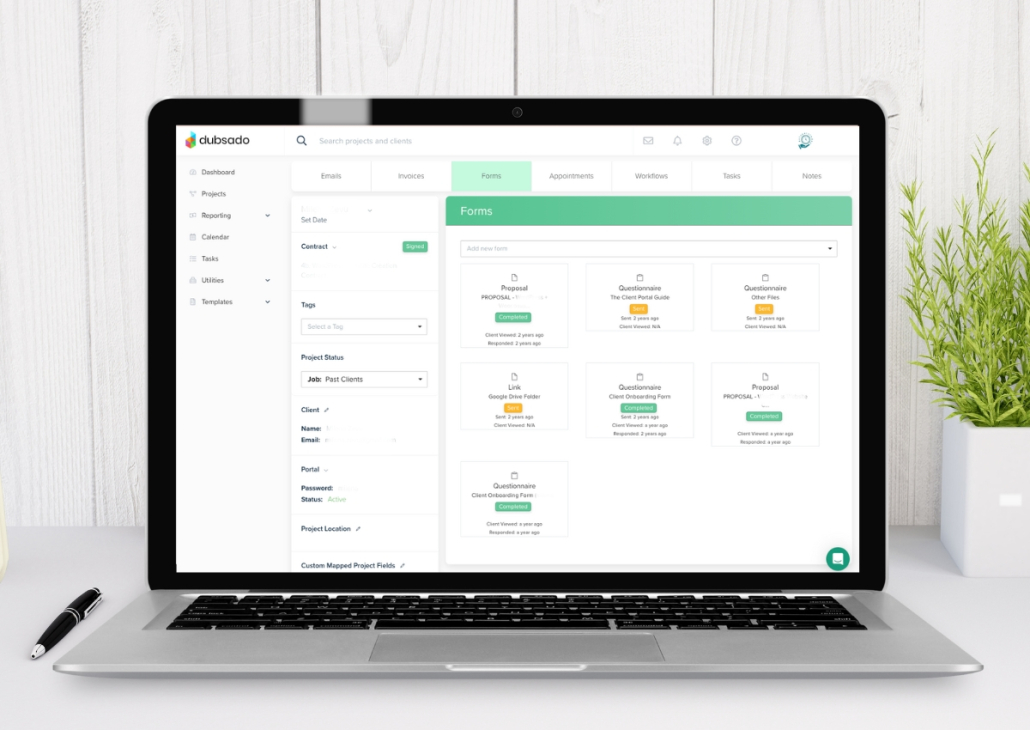Work On Your Business, Not Just In It
A Guide for Business Owners Wearing All the Hats
As a business owner wearing many hats—managing client work, overseeing operations, and more—your to-do list likely feels endless. But staying stuck in the daily grind can keep your business from reaching its full potential.
To scale sustainably, you need to shift your focus from just working in your business to working on it. This means stepping back, assessing the bigger picture, and creating systems that allow your business to thrive without constant oversight.
Let’s explore how you can make this transition and why it’s essential for your long-term success.
The Difference Between Working IN and ON Your Business
Working in your business involves managing the daily operations—things like delivering services, responding to emails, and overseeing your team.
Working on your business means focusing on strategy, growth, and building systems. It’s about ensuring your business is set up for success, not just survival.
While both are important, staying too focused on daily tasks can lead to burnout and missed opportunities for growth.
Why It’s Hard to Make the Shift
For many small business owners, delegating and stepping back can feel impossible. With limited resources, you might feel like you’re the only one who can do certain tasks. But the reality is, doing everything yourself can hold you back.
Strategies to Start Working On Your Business
Here’s how you can begin to shift your focus:
- Build Systems: Create standard operating procedures (SOPs) for daily tasks. This ensures consistency and frees you to focus on growth.
- Delegate and Outsource: Identify tasks outside your zone of genius and delegate them to a trusted team or Virtual Assistant.
- Automate Repetitive Tasks: Use tools like ClickUp, Dubsado, or scheduling software to automate admin work.
- Strategic Planning: Set aside time weekly or monthly to focus on long-term goals, assess opportunities, and refine your vision.
Why Delagating Tasks is Key
You don’t have to do it all alone. Delegating tasks to a Virtual Assistant can transform how you operate by:
- Freeing up your time for strategic thinking.
- Allowing you to focus on what you do best.
- Streamlining your operations for greater efficiency.
How a Virtual Assistant Can Help You
Depending on your business needs, a VA can perform various tasks.
Some common responsibilities include:
- Administrative tasks:
managing emails, scheduling meetings, and organizing files - Customer support:
responding to inquiries, managing customer relationships, and handling complaints - Social media management:
creating posts, engaging with followers, and scheduling content - Content creation:
writing blog posts, designing graphics, or editing videos - Bookkeeping:
tracking expenses, invoicing, and financial reporting - Research:
compiling data, preparing reports, and finding relevant information
These are just a few examples, but the possibilities are endless. The key is to delegate tasks that don’t require your personal touch, freeing you to focus on what truly matters. A good starting point is to identify tasks that are time-consuming, repetitive, or outside your area of expertise.
To make it easier, you can download my Task Delegation Starter Kit, a tool designed to help you easily identify tasks to outsource and delegate with ease.
The Impact of Working On Your Business
When you shift your focus to strategy and growth, you:
- Gain clarity on your direction.
- Avoid burnout and overwhelm.
- Build a sustainable business that works for you—not the other way around.
You didn’t start your business just to keep you busy—you want to create freedom, impact, and success. By stepping back, focusing on strategy, and enlisting the right support, you can take your business to the next level.
Overall, the key to your success is finding ways to free up time so that you can focus on what will make the most significant difference to your long-term success. I can help.
Delegating is a growth strategy.
Have more time and bandwidth to scale up your business.








































Comments